Herb Garden Essentials: Grow Your Own Fragrant Lavender
If any plant can be said to have it all, or at least a good portion of it all, it's lavender. This Mediterranean native is easy to grow even outside its preferred growing conditions, is mostly pest- and disease-free, is fragrant and attracts bees, birds and butterflies.
It’s equally at home as an accent plant, trained into a hedge or grown in a border, blending into a garden or curb strip planting bed, hanging over a rock wall or growing in a container. GiIf you have a sunny window, you can also grow lavender as a houseplant.
Lavender is also incredibly easy to harvest and use. Use fresh flowers in bouquets and to flavor ice cream, teas and lemonades, cakes and cookies, salads and sugars. Dry the flowers to use in wreaths, swags and arrangements or to place among clothes or in closets to add some fragrance and also help deter moths. Oils from the plants can be added to soaps and perfumes.
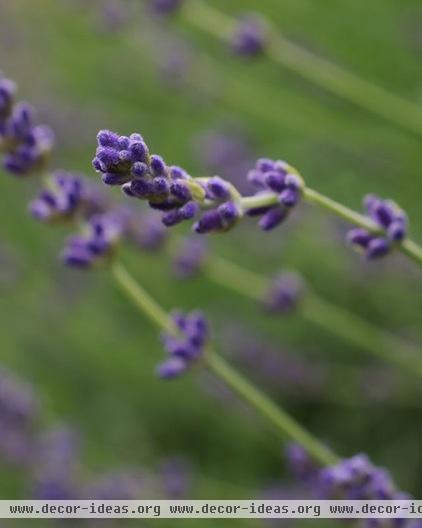
Numerous varieties of lavender are available, but those grown most often are English lavender (Lavendula angustifolia or L. officinalis), lavandin (L. x intermedia) and Spanish lavender (L. stoechas).
English lavender, given its common name for its popularity in English gardens and not its area of origin, is the hardiest and the best choice for edible flowers. Lavandin is the famously fragrant lavender found in Provence, France, used for soaps and perfumes. Spanish lavender looks tougher, with its larger flowers, but actually is a little less hardy than English lavender.
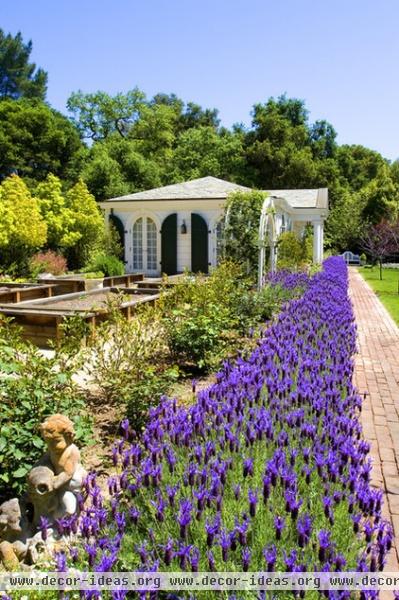
Lavender thrives in drought and poor soil; humidity and wet feet are its nemeses. If you live in a humid climate or have poor-draining soil, consider growing Spanish lavender or French lavender (L. dentata). You can also plant it in a raised bed or on a slope, grow it in containers or treat it as an annual.
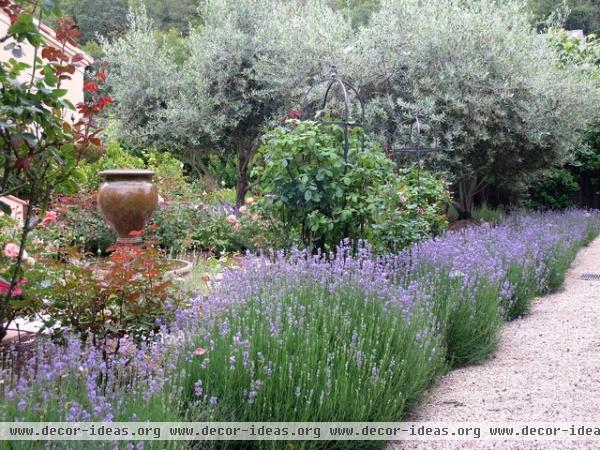
It’s best to buy named nursery plants to be sure you get exactly what you want. Seeds take a long time to germinate and may not grow true to variety.
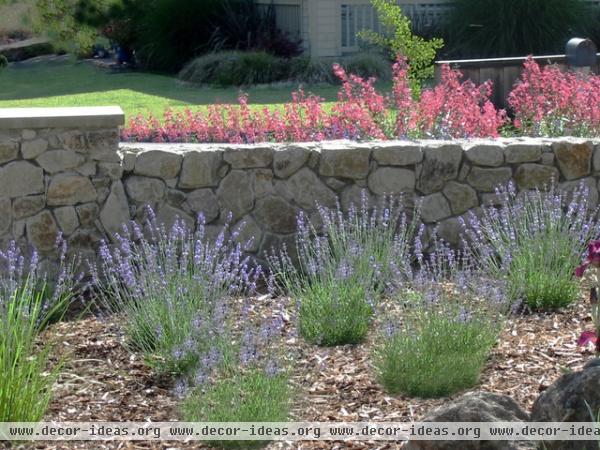
Light requirement: Full sun
Water requirement: Regular to establish, then minimal
Prime growing season: Spring to summer
When to plant: Spring through fall, except during the hottest summer days
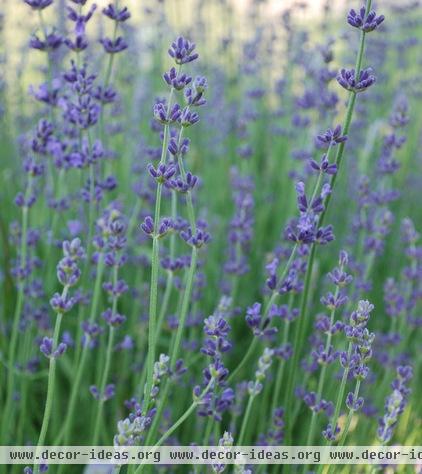
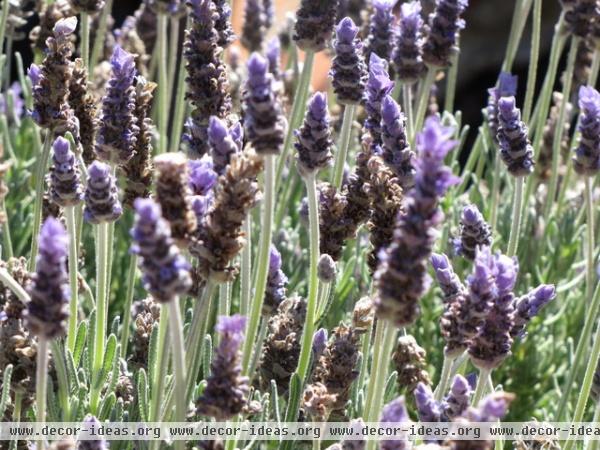
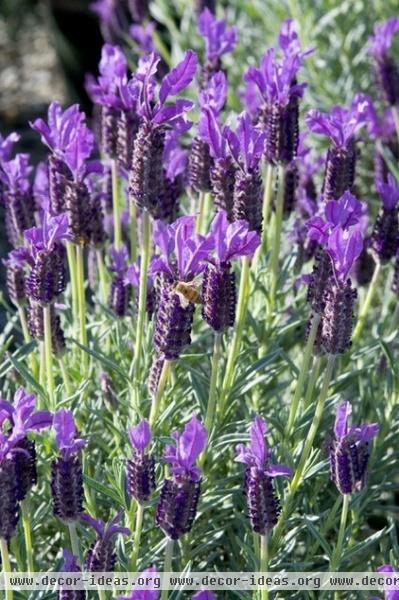
Favorites:
L. angustifolia: Alba, Hidcote, Lady Lavender, Munstead, Nana Alba, Sharon Roberts
L. x intermedia: Grosso, Provence, White Spikes
L. stoechas: Dark Eyes, Hazel, Ruffles series
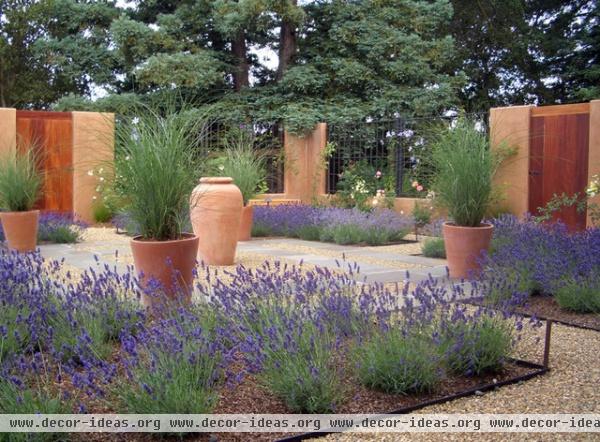
Planting and care: Choose a spot in full sun with very good drainage; add sand or compost before planting to increase drainage. Lavender does best in poor soil.
Set plants 1 to 4 feet apart, depending on their eventual height and spread. If you live in a humid climate, be sure to allow for plenty of air circulation between them. You can also add a mulch of sand or pea gravel.
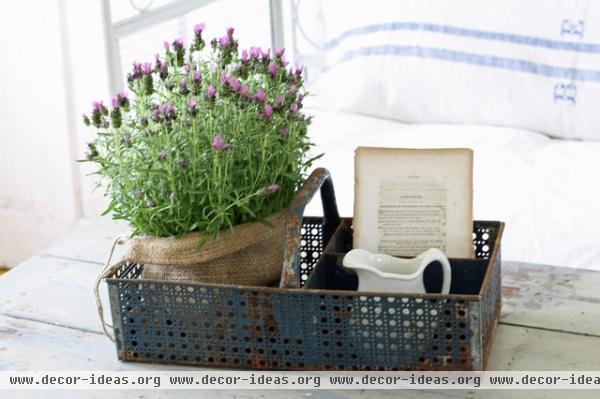
If you're growing it in a container, choose one that’s just an inch or two larger than the root ball, eventually transplanting into a 12- to 16-inch container. Provide sufficient drainage, and water and fertilize somewhat more frequently than for a plant in the ground.
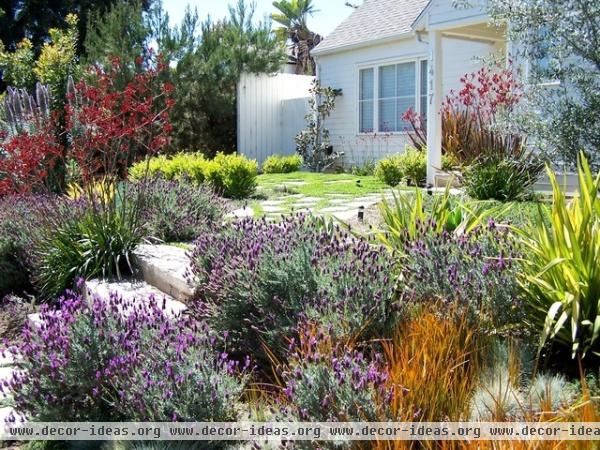
Water regularly during the first year to establish the plants; in subsequent years let the plants dry out completely before watering again. Add a light fertilizer in spring when growth starts.
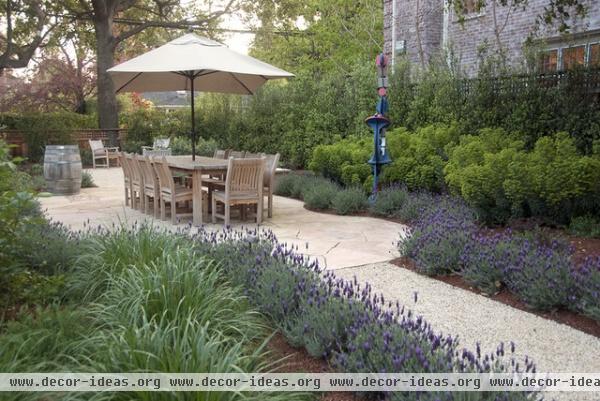
Shear back the plant by about one-third to one-half after the first bloom; you may get a second harvest. In spring, once growth has begun, prune lightly to remove broken and dead growth and to shape the plant.
If the plant gets woody in the center, cut out those branches and allow new growth to fill in. Lavender is not long lived; you’ll probably need to replace it every 10 years or so.
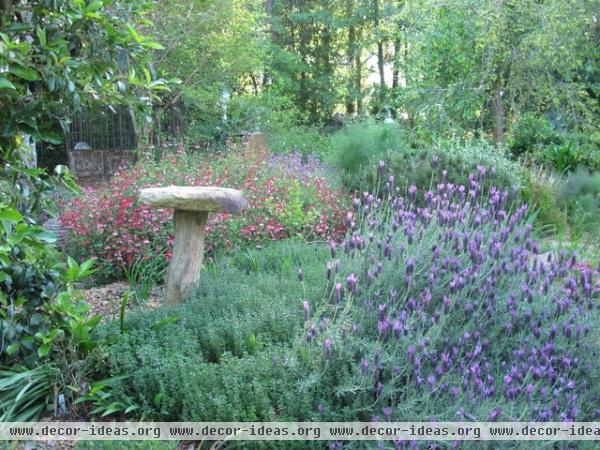
Lavender will be fine throughout most winters. If you live in an area subject to ground freezes and thaws, mulch with sand or gravel to protect the roots. In the coldest climates, cover the plants to protect them.
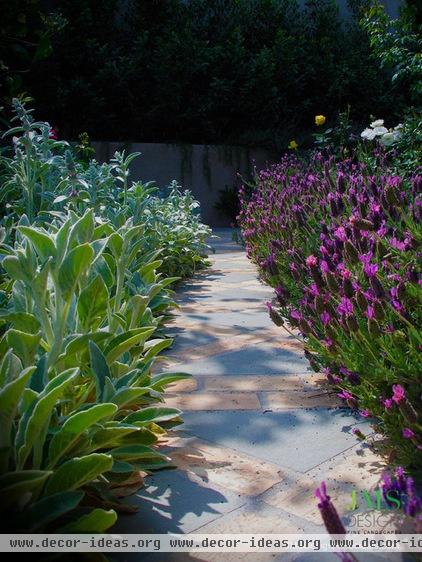
Pests and disease are rare. There might be an occasional spider mite infestation, and fungal diseases can be a problem in humid climates or where the soil is continuously wet.
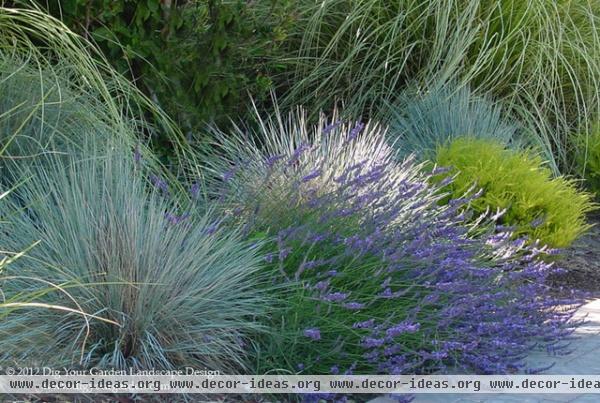
Harvest. Start picking flowers just before they open for the best scent. Harvest randomly throughout the plant to keep it looking full (every third branch is a good way to go).
Hang the flowers in a cool, dark place with good air circulation to dry.












